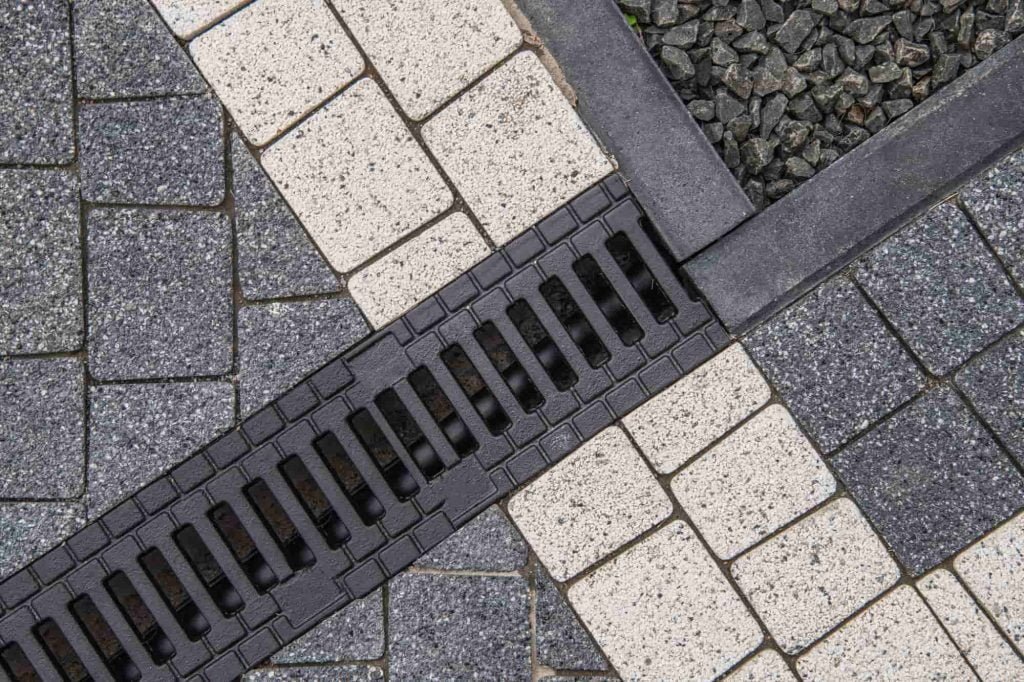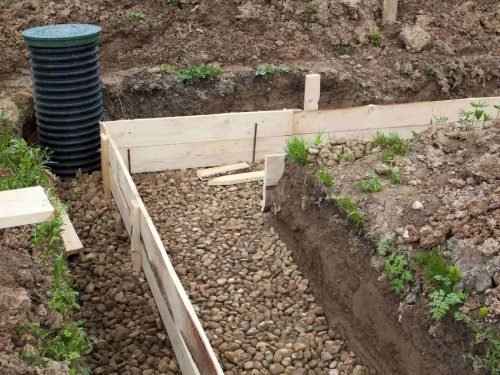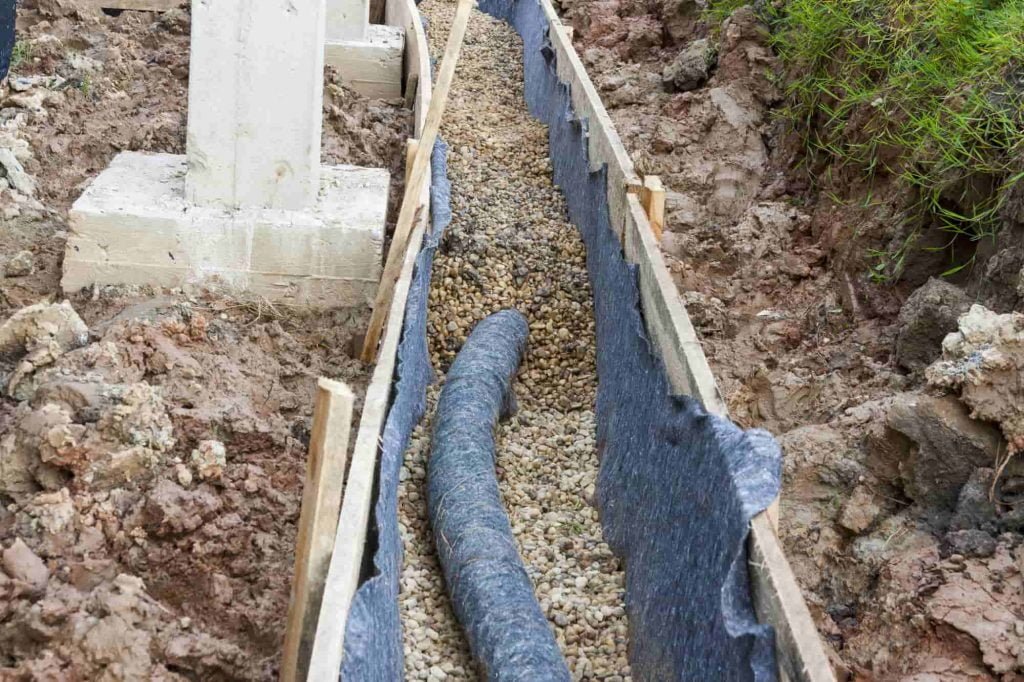A dry well is a type of inlet for stormwater. In this way, it differs from a catch basin – while catch basins remove contaminants before water is diverted to another inlet, dry wells are, in and of themselves, an inlet.
We’ll typically dig a dry well if there’s no appropriate inlet for your stormwater, or if your municipality requires the use of dry wells to reduce the burden on the city’s stormwater system. Dry wells are most often dug at the lowest point of a property. Part or all of your storm drainage system will end at your dry well.
There are many types of dry wells available – the kind we’ll create for you depends on the size of your property, the capacity of other available stormwater inlets, and the amount of water you typically receive (which can vary more than you might think across). We may fill the dry well with gravel, though concrete is sometimes used. Perforated material will allow the water in your dry well to slowly seep into the soil.
Even with immaculate drainage design, dry wells can still become overwhelmed with water in torrential rains. In order to minimize overflow that can cause property damage, we’ll install an overflow pipe to direct water away from sensitive property. The water will flow away from your building – as well as away from any buildings on neighboring properties.
Dry wells can serve a number of purposes. Your sump pit can be a dry well, relieving some of the pressure on your sump pump. You can also use dry wells to dispose of your home’s gray water. They’re extremely versatile drainage solutions.







